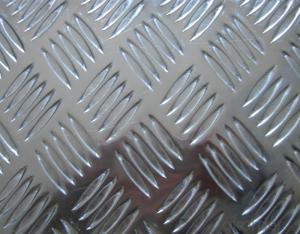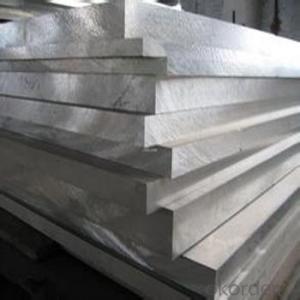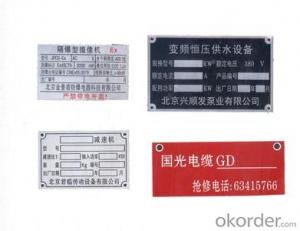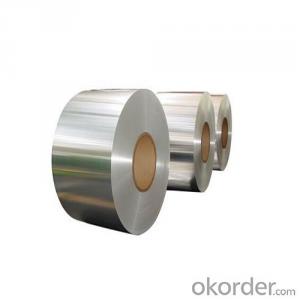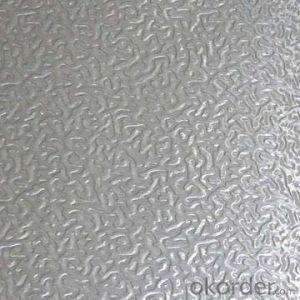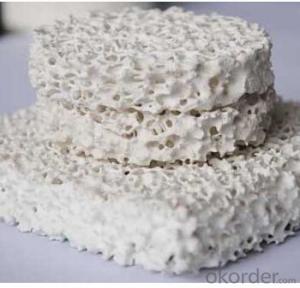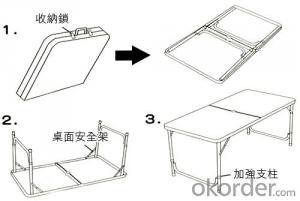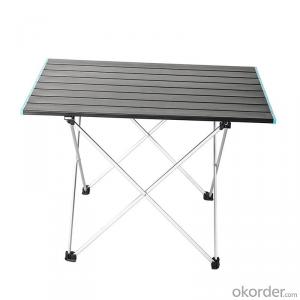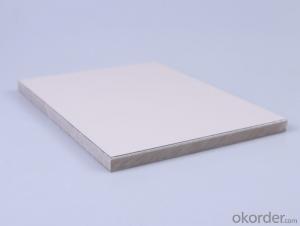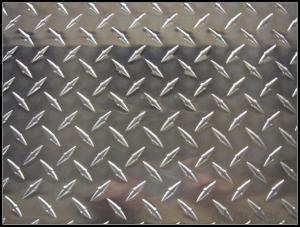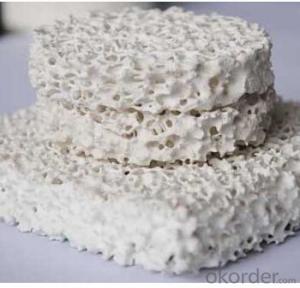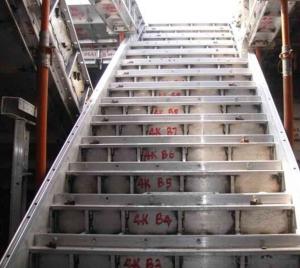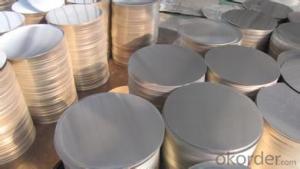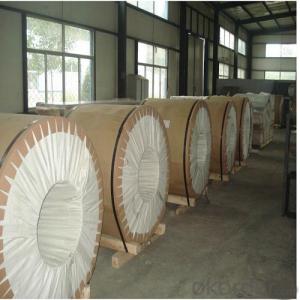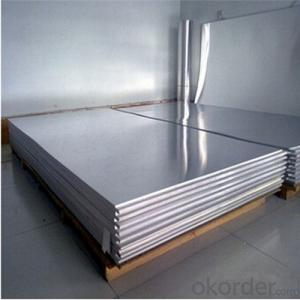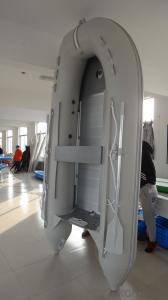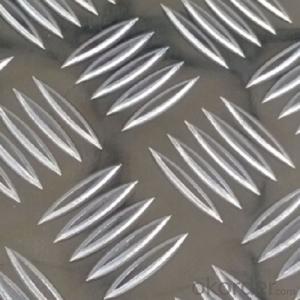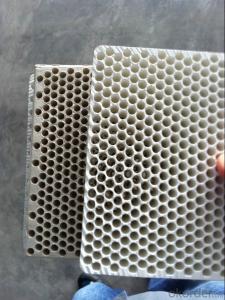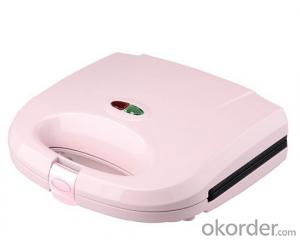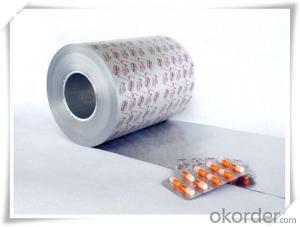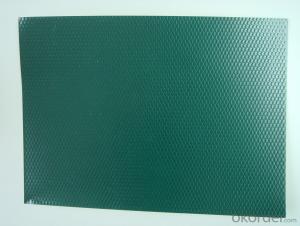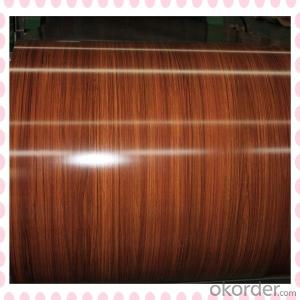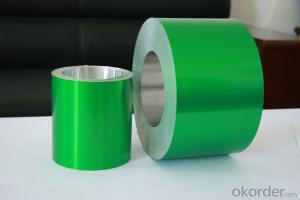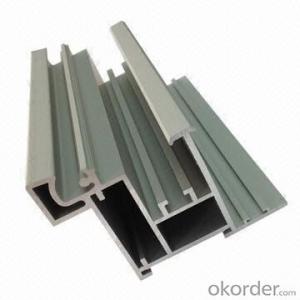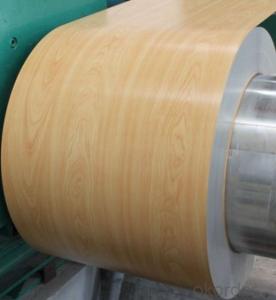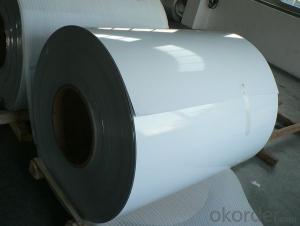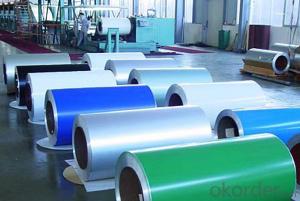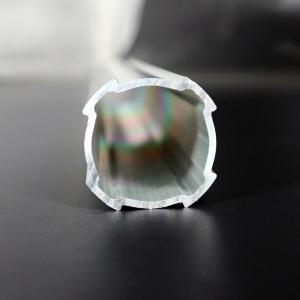Aluminum Boat Capacity Plate
Aluminum Boat Capacity Plate Related Searches
Aluminum Plate Boat Aluminum Boat Transom Plate Aluminum Boat Bow Plate Aluminum Cover Plate Aluminum Plate Boat Plans Aluminum Wall Plate Aluminum Plate Boat Kits Aluminum Charger Plate Aluminum Deck Plate Aluminum Motor Plate Aluminum Pressure Plate Aluminum Cooling Plate Aluminum Ramp Plate Aluminum Paper Plate Aluminum Build Plate Aluminum Sheet Plate Aluminum Metal Plate Aluminum Surface Plate Bow Plate For Aluminum Boat Aluminum Base Plate Aluminum Cooking Plate Aluminum Dock Plate Aluminum Floor Plate Aluminum Tool Plate Aluminum Mounting Plate Aluminum Mold Plate Aluminum Cast Plate Aluminum Profile Plate Aluminum Caul Plate Marine Aluminum PlateAluminum Boat Capacity Plate Supplier & Manufacturer from China
Aluminum Boat Capacity Plates are essential safety components used to display the maximum weight and number of passengers a boat can safely accommodate. These plates are typically made from durable aluminum material, ensuring they can withstand harsh marine environments while providing clear and accurate information to boat operators and passengers.Aluminum Boat Capacity Plates are widely used in various marine applications, including recreational boats, fishing vessels, and commercial watercraft. They are crucial for ensuring the safety of all individuals on board by preventing overloading, which can lead to accidents and potential damage to the vessel. By clearly displaying the boat's capacity, these plates help boat owners and operators adhere to safety regulations and guidelines, ultimately contributing to a safer boating experience.
Okorder.com is a leading wholesale supplier of Aluminum Boat Capacity Plates, offering a vast inventory of high-quality products to meet the needs of various marine industries. With a commitment to providing reliable and durable solutions, Okorder.com ensures that customers can find the perfect Aluminum Boat Capacity Plate for their specific requirements.
Hot Products


